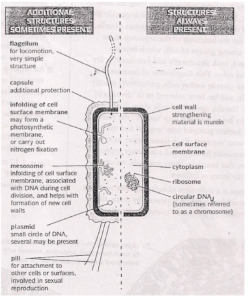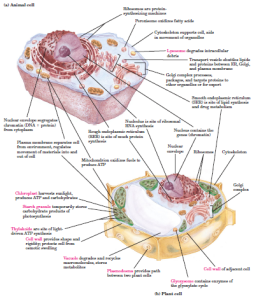This animation found on youtube gives a generalized idea of the pathway (known as glycolysis) that converts of glucose to pyruvate, ATP and NADH. The video helps to understand the ten steps of glycolysis and highlights the key points that are usually easily forgotten. To enhance this video, the names of the substituent of glucose that are formed by each reaction and the enzyme that is involved could have been identified. To maximize your understanding of this topic, here are the ten steps Glucoes undergo during glycolysis in detail.
STEP 1: Glucose + ATP would give Glucose 6-phospate + ADP (reaction catalyzed by Hexokinaes)
STEP 2: Glucose 6-phospate would give Fructose 6-phosphate (reaction catalyzed by Phosphohexose isomerase)
STEP 3: Fructose 6-phosphate + ATP would give Fructose 1,6-bisphospate + ADP (reaction catalyzed by Phosphofructokinase-1)
STEP 4: Fructose 1,6-bisphospate would give Glyceraldehyde 3-phospate + Dihydroxyacetone (reaction catalyzed by Aldolase)
STEP 5: Glyceraldehyde 3-phospate + Dihydroxyacetone would give (2 molecules) Glyceraldehyde 3-phospate (reaction catalyzed by Triosephosphate isomerase)
STEP 6: (2 molecules) Glyceraldehyde 3-phospate + Phosphate + 2NAD+ would give (2 molecules) 1,3-Biphosphoglycerate + 2NADH + H+ (reaction catalyzed by Glyceraldehyde 3-phosphate dehydrogenase)
STEP 7: (2 molecules) 1,3-Biphosphoglycerate + 2ADP would give (2 molecules) 3-Phosphoglycerate + 2ADP ( reaction catalyzed by Phosphoglycerate kinase)
STEP 8: (2 molecules) 3-Phosphoglycerate would give (2 molecules) 2-Phosphoglycerate (reaction catalyzed by Phosphoglycerate mutase)
STEP 9: (2 molecules) 2-Phosphoglycerate would give (2 molecules) 2-Phosphohenolpyruvate + 2H2O (reaction catalyzed by Endolase)
STEP 10: (2 molecules) 2-Phosphohenolpyruvate + 2ADP would give (2 molecules) Pyruvate + 2ADP (reaction catalyzed by Pyruvatekinase)



